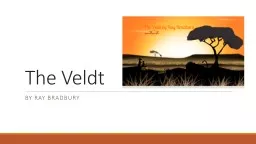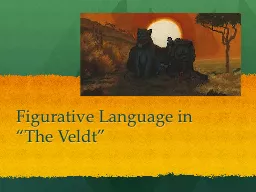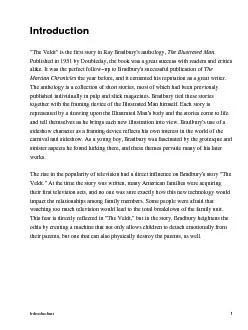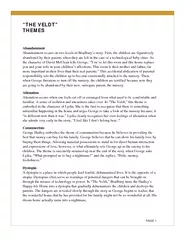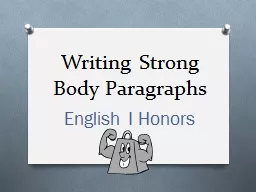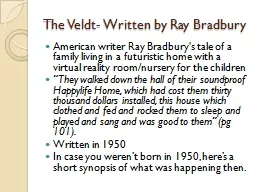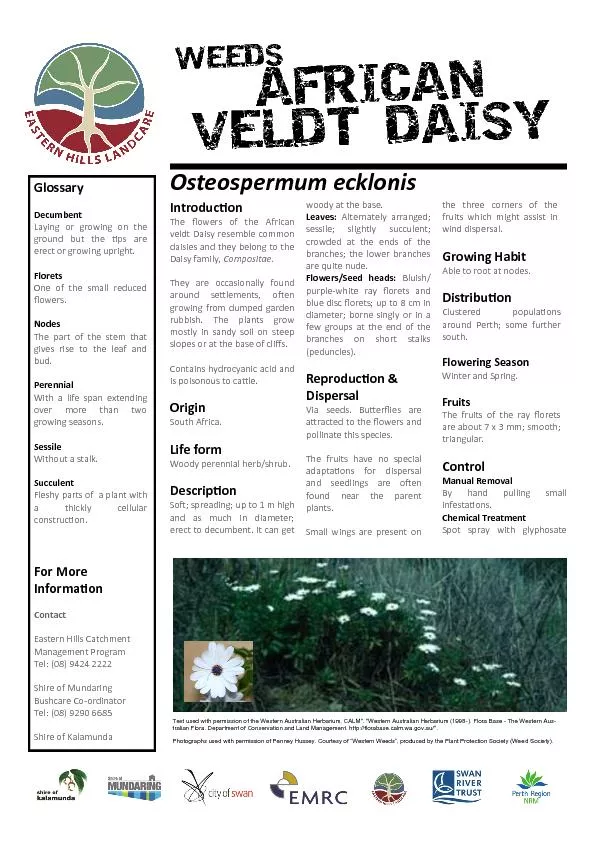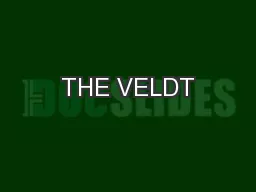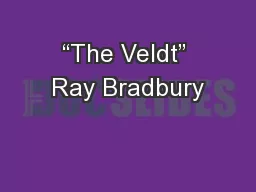PPT-The Veldt
Author : pamella-moone | Published Date : 2017-07-03
By Ray Bradbury Ray Bradbury The Veldt was written in 1950 by a man named Ray Bradbury It like many of Bradburys short stories and like we discussed a moment
Presentation Embed Code
Download Presentation
Download Presentation The PPT/PDF document "The Veldt" is the property of its rightful owner. Permission is granted to download and print the materials on this website for personal, non-commercial use only, and to display it on your personal computer provided you do not modify the materials and that you retain all copyright notices contained in the materials. By downloading content from our website, you accept the terms of this agreement.
The Veldt: Transcript
Download Rules Of Document
"The Veldt"The content belongs to its owner. You may download and print it for personal use, without modification, and keep all copyright notices. By downloading, you agree to these terms.
Related Documents

